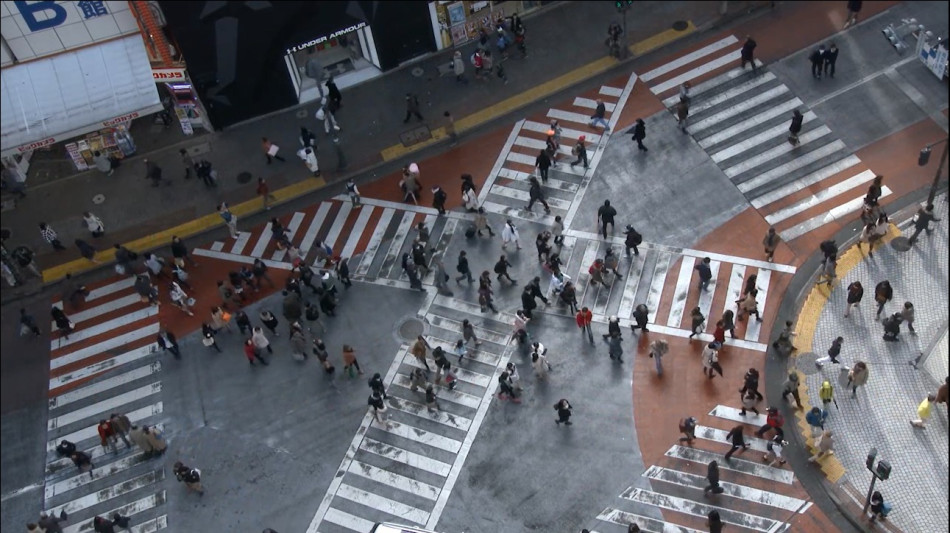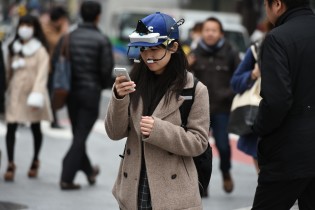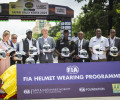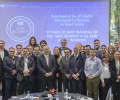Glued to our screens – the dangers of texting while walking and cycling

“I was so focussed on inputting characters into the smartphone that I couldn’t avoid hitting the other person.” Texting while walking participant.
For those who have ever tried to text and walk – and let’s face it, who hasn’t tried to send a quick text to friends or family while racing home from work – this statement sounds all too familiar. However, while sending off a quick text may seem harmless enough, in doing so we inadvertently run the risk of hurting ourselves and others by not paying enough attention to where we are going. Not only might we bump into others, we may also run the risk of stepping out onto the road to cross at an inopportune moment, an event with altogether more serious implications.
To find out more about what happens while we walk or cycle and text at the same time, the Japan Automobile Federation (JAF), in conjunction with the Aichi University of Technology and the FIA’s Grant Programme, have undertaken an experiment to investigate and determine the dangers of texting while simultaneously walking or cycling.
The walking test was conducted at a crowded pedestrian crossing (one of Tokyo’s busiest) by two male and two female participants aged between 20 and 30. The cycling test used the same profile for its participants, but was carried out in a controlled environment at a driving school practice course. Participants wore an eye-tracking device that would monitor their line of sight while texting and not-texting. Video was used to record their movements.

![]()
The results? In all tests it was shown that using a smartphone reduced the participant’s capacity to cross the road or cycle without incident. In the texting-while-walking experiment, participants collided with other pedestrians, failed to notice children and less mobile pedestrians and generally had more ‘close calls’. The eye-tracking device showed that the attention of participants was focussed on their smart phone screens, instead of their direction of travel.
Likewise for the cycling group, participants missed and ran red lights, and in one case, collided with a road crash dummy. Eye-tracking data depicted the same findings as with the walking group – participants’ attention was focussed on their phone screens and not on where they were going.
Professor Kazuhiro Kozuka from Aichi University of Technology commented on these results by saying “When people use their smartphones, their eyes end up glued to the screens and it becomes more difficult to remain aware of their surroundings”. Professor Kozuka added “There are many people on the roads who are unable to move quickly – including the elderly, disabled people and children – and I hope that people will become more aware of the fact that using their smartphones while walking or cycling could lead to people being injured.”
The Japan Automobile Federation is a public-service organization with more than 18 million members dedicated to providing auto users services that enhance their safety and sense of security.

 Facebook
Facebook Twitter
Twitter






